Over the years I have taken a number of different writing courses. One that I particularly enjoyed was a screenwriting class at Ryerson. We learned the basics of developing strong characters, creating dramatic scenes, and structuring entertaining story arcs. It was fascinating to deconstruct famous movies into their component parts. While my Hollywood career has yet to take off, the lessons I learned in that screenwriting class have served me surprisingly well in my marketing career – particularly when creating Customer Scenarios.
Customer Scenarios are used to describe how a new product, service, or feature will work through a fictional story about the person experiencing it. The Scenario typically takes place in the future, and brings to life the benefits of a new functional idea in a compelling and concrete way. Customer Scenarios are different than User Stories (documenting requirements) and Customer Journeys (visualizing moments & phases) in that they are most often used to sell a vision to a group. That is why they are commonly included as part of concept presentations and new businesses pitches.
I have had a hand in creating countless Customer Scenarios – some good, some bad, and some ugly. When good, scenarios humanize the benefits from complicated technology solutions. When bad, the audience is confused, distracted, or bored (ugly is a combination of all 3). While Scenarios can be produced through any combination of sketches, storyboards, mock-ups, and video, the best are all:
- Believable: Feature people acting in a natural way within a relatable and real-world context
- Focused: Include the most important features and benefits in the most concise way
- Feasible: Incorporate features that have been vetted for business value and technical complexity
- Magical: Dramatize a future state vision that is surprising and appealing for the audience
My role in creating Scenarios has largely been creating the scripts (a point strictly and lovingly enforced by the Creative Directors I have worked with). Strategic ‘stick to the script’ Planners draft Scenarios that align product vision, supporting features, customer insight, and business value into compelling and realistic narratives. Below is a framework that I have used to help with strategic alignment. Hopefully it helps you in your own work. After all, there is no phrase more powerful than ‘let me tell you a story’.
